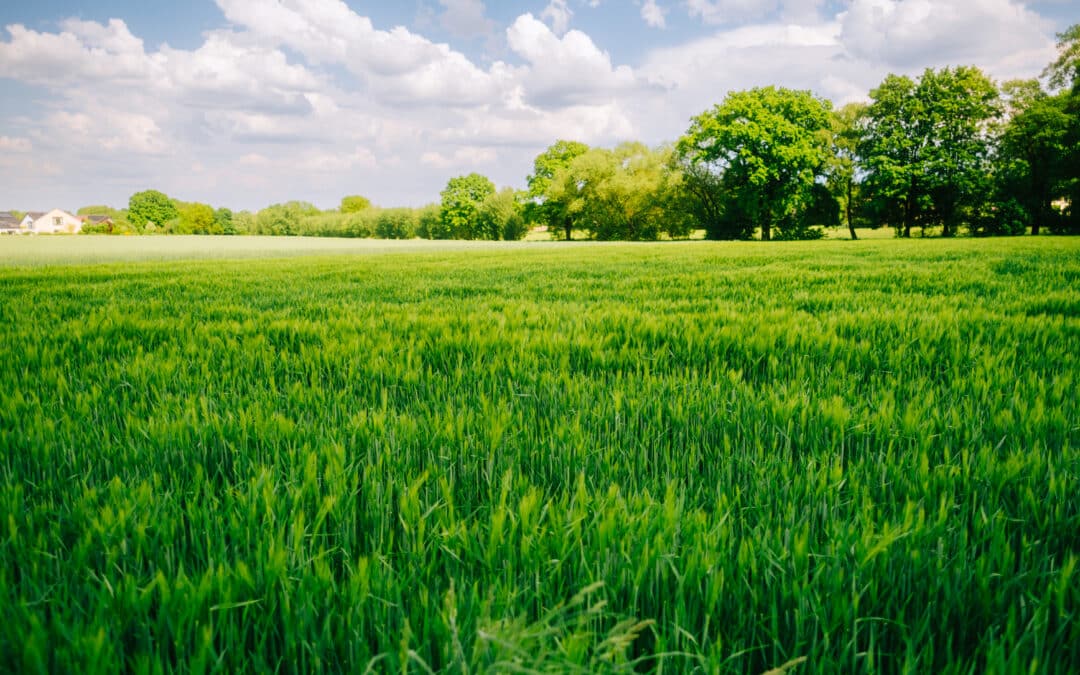If there’s one thing that we all want, its a flourishing lawn. Unfortunately, it is not as simple as just being able to plant grass seed. Growing grass requires an awareness of your land, patience while your grass seeds grow, and then maintenance and care once your new lawn has grown in.
Installing grass mats can help to promote grass growth and also protect grass once it has grown through.
Choosing Your Grass Seeds
When thinking about growing a lawn, you need to consider the species of grass you want to grow. If you have existing grass, you may want to choose a seedling that grows to mimic the existing lawn. However, if you are starting from scratch you’ll want to choose a grass plant that can thrive.
Cool Season Grasses
Cool season grasses are ideal for locations that have cold winter months and mild summers. These grass seedlings often thrive in the north where the weather is a bit cooler. These grasses can survive winter, but may struggle in summer when it gets hot.
Examples of cool season grass are: Kentucky bluegrass, fescue, and ryegrass.
Warm Season Grasses
Warm season grasses are almost the opposite – they thrive in the summer months and often turn brown or go dormant in the winter. These grass species are commonly found in the southern states where there is a warmer summer and a mild winter.
Examples of these warmer season grasses are: Bermuda, zoysia, St. Augustine, and centipede. Warm season grasses tend to be drought resistant – it might be beneficial to research local flora as they will be able to thrive best in your specific environment.
Prepare Your Soil
Ensuring that your soil surface is prepared for grass growth is a stage of preparation that you should not miss.
Debris such as rocks and weeds can prevent grass from growing and should be removed before planting your new seeds. You should also make sure to loosen the dirt with a gardening hoe so that there is room for new growth and moisture in the ground.
Depending on your ground, it may also be worth leveling your lawn to prevent water from pooling in dips in the ground and drowning your new grass.
Planting
Once you’re prepared, it’s time for the fun part – planting your chosen grass type.
All you need to do is spread your seeds evenly across your prepared soil, and lightly cover them. If watered regularly to keep your soil moist, your seeds should germinate properly and result in new seedlings sprouting.
Adding A Grass Mat
To avoid dead grass, some people choose to use a grass mat as a means of protection for their new lawns. If there is a particular area of a new lawn that has high levels of foot traffic for example, then a grass mat can be added to protect your grass and maintain your beautiful lawn.
Grass mats can be used as a temporary or permanent solution to help grass grow quickly, or they can be used as a line of defence for a lawn in the case of an event.
The installation of a grass mat is remarkably easy – they can be joined together using zip ties or cut down to size to cover whatever area is needed. To fix them to the ground all you need is a peg and your grass will be growing through the mats in no time.
Maintenance
Watering Your Lawn
It is not only important to keep grass seeds moist, it is also important to water your grass even once it has begun to sprout.
Newly planted lawns will need a little watering here and there to ensure that the soil preserves some moisture and retains the optimum conditions for grass growth. While once your grass has rooted it will need watering less, but in warmer months when the soil is dry, it could need a little assistance.
Mowing
Typically, when mowing, it is recommended that you never cut more than one third of the visible grass height at once. This prevents stressing your grass leaf blades and promotes further grass growth.
If you check your seed package directions, it should give you an ideal length for your grass to be kept at.
Weeds and Pests
It is important to monitor weeds and pests across all grass types and treat them as needed. Weeds and pests can inhibit grass growth, cause gaps in your lawn, and ruin the aesthetics of your space – so dealing with them early on is typically recommended.
Using pre-emergent herbicides are a solution for just before spring as a weed control solution and pest control solutions should be used if pests are noticed.
You’ll start to notice patterns in your lawn’s health and can adjust care practices as needed. Grass mats should be used to protect areas of grass that are victim to heavy footfall and keep your grass healthy year round.
